- How much does a pipe organ cost? A pipe organ may cost as little as $30,000 for a used instrument. For an entirely new instrument constructed for a large church or concert hall, the price can be millions of dollars (Source).
- A pipe organ for a small to medium-sized church costs $200,000 and $850,000.
- Pipe organs are often custom-built to fit the needs of the buyer.
- The cost of materials and labor can add up quickly, so it’s important to have a clear idea of what you want before shopping (Source).
- If you’re looking for a high-quality organ that will last for many years, be prepared to spend a significant amount of money.
- However, if you’re on a tight budget, some less expensive options are available like these from the Organ Clearning House.
- You may find used organs, which are less expensive than buying new ones.
- Some organ manufacturers also offer short-term payment plans to help you afford a custom organ.
Pipe organ cost factors
The pipe organ is an expensive piece of equipment. The cost of a new pipe organ can be in the hundreds of thousands of dollars and even more for a larger instrument. How much a pipe organ costs is affected by several factors that contribute, including:
Amount and quality of materials used
One of the primary factors that drive up the cost of a pipe organ is the quality of materials used. A high-quality pipe organ can have thousands of pipes, all of which require precise construction and tuning.
In addition, the cabinet and other parts of the organ must be made from high-quality materials to withstand the pressure and humidity generated by the pipes. This results in a very expensive instrument to build and maintain.
Organ specifications
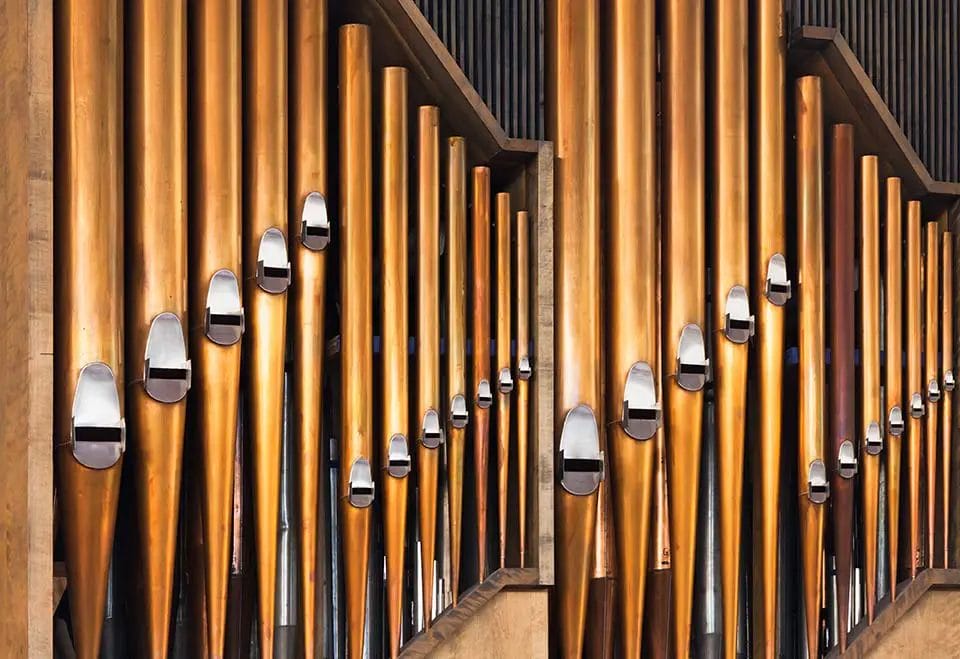
Organ specification also contributes to the high cost of a pipe organ. Frequently, churches and other institutions specify a pipe organ with thousands of pipes in dozens of ranks (the number of different pitches played at one time).
These specifications drive up the price by requiring more materials to be used; they also require more labor to build and tune.
Quantity of labor involved
In addition to using high-quality materials, an instrument must be built by skilled craftsmen who have experience working on similar instruments. This requires a lot of time and effort, driving up the overall price.
In addition, due to its size and complexity, a pipe organ often requires two or more technicians for proper installation and maintenance (one person to work on the pipes and another person to do the electrical, control, and stop actions). This can result in additional service fees for an institution.
Size of the instrument
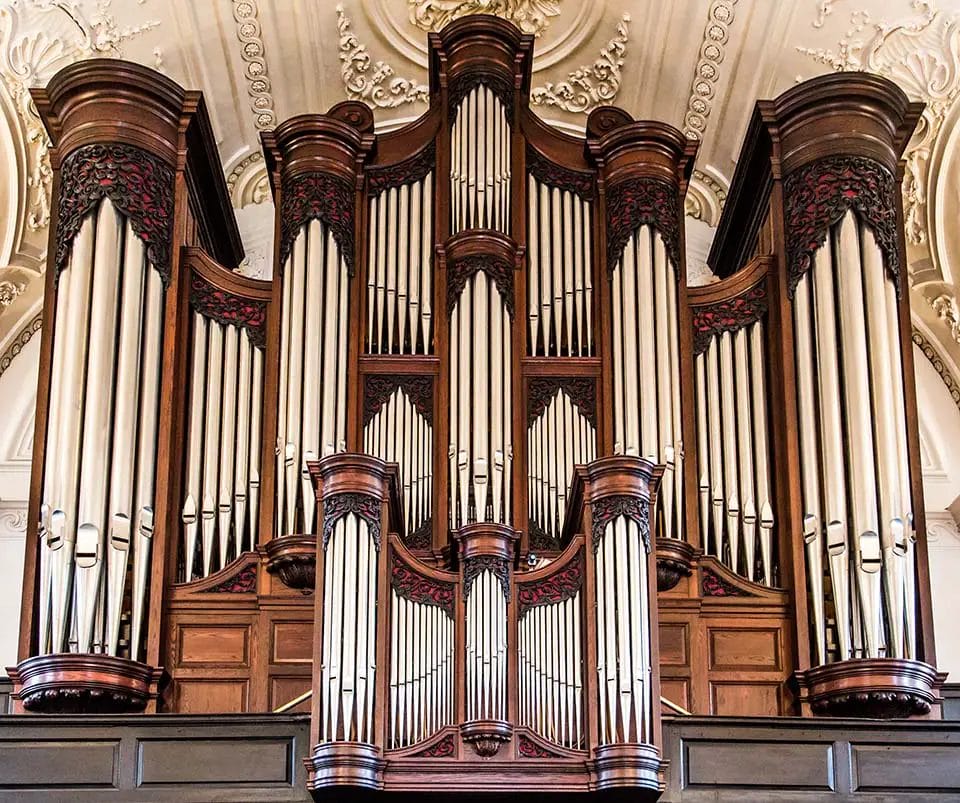
The size of an organ also affects its cost. Larger instruments require more pipes, which drives both material and labor costs. They also require a larger cabinet and greater storage space.
Additionally, larger organs are more difficult to transport and require additional installation expenses. These factors all combine to increase the cost of a larger organ over that of a smaller one.
Pipe organs can range in size from a small, home instrument to those that fill entire concert halls. In the United States, most churches have relatively small pipe organs, consisting of around 200 pipes and two manuals.
Necessary maintenance
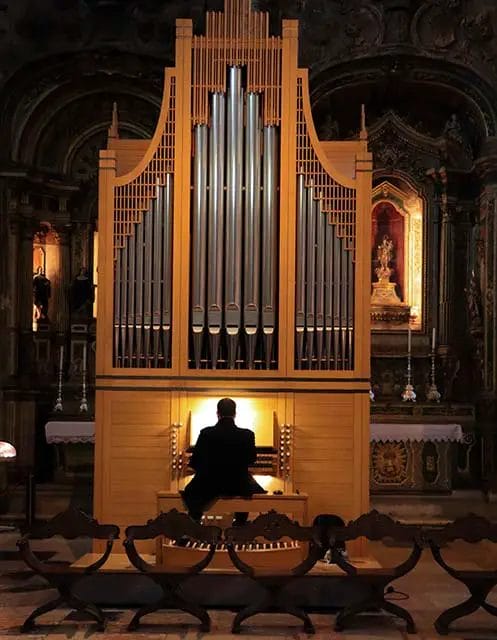
Because pipe organs require large amounts of raw materials to produce sound, they also generate significant heat when in operation. Without proper ventilation and cooling, a pipe organ can become damaged or even explode.
Because of this serious threat, nearly all church buildings that own a pipe organ also have a pipe organ technician on staff responsible for ensuring that the instrument is properly cooled and maintained.
This often requires regular visits to the building and periodic maintenance contracts that can add significantly to the overall cost of owning a pipe organ.
Necessary upkeep for an organ requires a lot of work and expense on the part of musicians to keep it working properly. Replacing worn-out pieces can be costly to a church or other organization supporting the organ. This cost would include purchasing new parts and paying for professional installation services.
Organ placement

The location of the pipe organ within a church or other performance venue can also affect its overall cost. If an organ is placed in a very visible spot, such as at the front of the stage, it may require additional decorative features that increase the cost.
Additionally, if an organ is placed in an awkward or difficult-to-access place, it may require more time and effort on the part of the technicians to install and maintain, which can drive up service fees.
Organ placement can also affect the acoustics of a room, which can, in turn, affect the instrument’s sound. If an organ is placed in a highly reverberant space, its sound may be difficult to control and muddied.
Conversely, if an organ is placed in a very dry space, it may not sound as rich and full as desired. In either case, adjustments to the organ itself or the room’s acoustics may be necessary, adding to the cost of owning and maintaining an organ.
Manufacturer
The company that builds a pipe organ can also affect its price. Some companies are known for their high-quality instruments, while others are for their low prices (although the quality of their instruments may be suspect).
Some companies specialize in building small organs, while others make only very large instruments. This can affect the overall cost of an organ, as can the number of available features and options.
Tonal designs
The tonal design is another important factor that contributes to its overall cost. Some organ builders offer a wide variety of tonal designs to choose from, while others specialize in a particular type of sound (such as baroque or romantic). The more available options, the more expensive an organ will be.
Design details
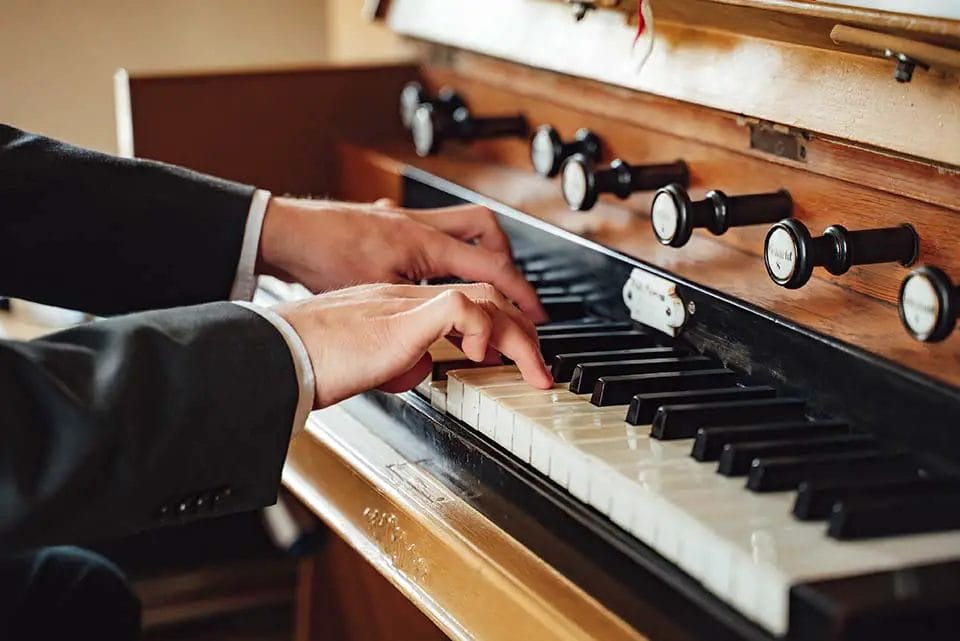
Design elements can have a significant effect on an organ’s cost. For example, an action with more complex mechanical parts will be more expensive than one with fewer moving parts because it requires additional labor costs for assembly and maintenance. A pipe organ’s tonal design also affects its price.
Larger organs are often designed with different voices (i.e., sounds), which increases their material and labor costs due to the number of pipes needed to produce each tone. Players also tend to prefer instruments that offer greater variety in tonal colors—again, requiring additional pipes and materials.
Why I Love My Pipe Organ
I’ve been playing the pipe organ piano for a few years now, and I love it! It’s an incredible tool for providing a unique experience in worship to our congregation.
I love the sound of a pipe organ in a large church with a vast ceiling. The sound is so much greater when you’re surrounded by people singing and praying.
What I love most about my pipe organ is that it has no off switch, which means it’s always ready to play anytime I want to use it!
With a pipe organ, you get to use your hands and your feet to control the sound. You can hear it in a room before you play it. You can feel the vibration of the pipes in your feet when you walk around the instrument.
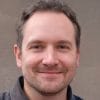
Hi, my name’s David. I started this pricing blog as a side project to help people figure out the best prices on common services. Whether you’re trying to figure out how much it costs to get scanning done at Staples or the expense to bleach short hair, more than likely I’ve blogged about it. Shoot me an email if you have any questions: david@mightyprice.com.